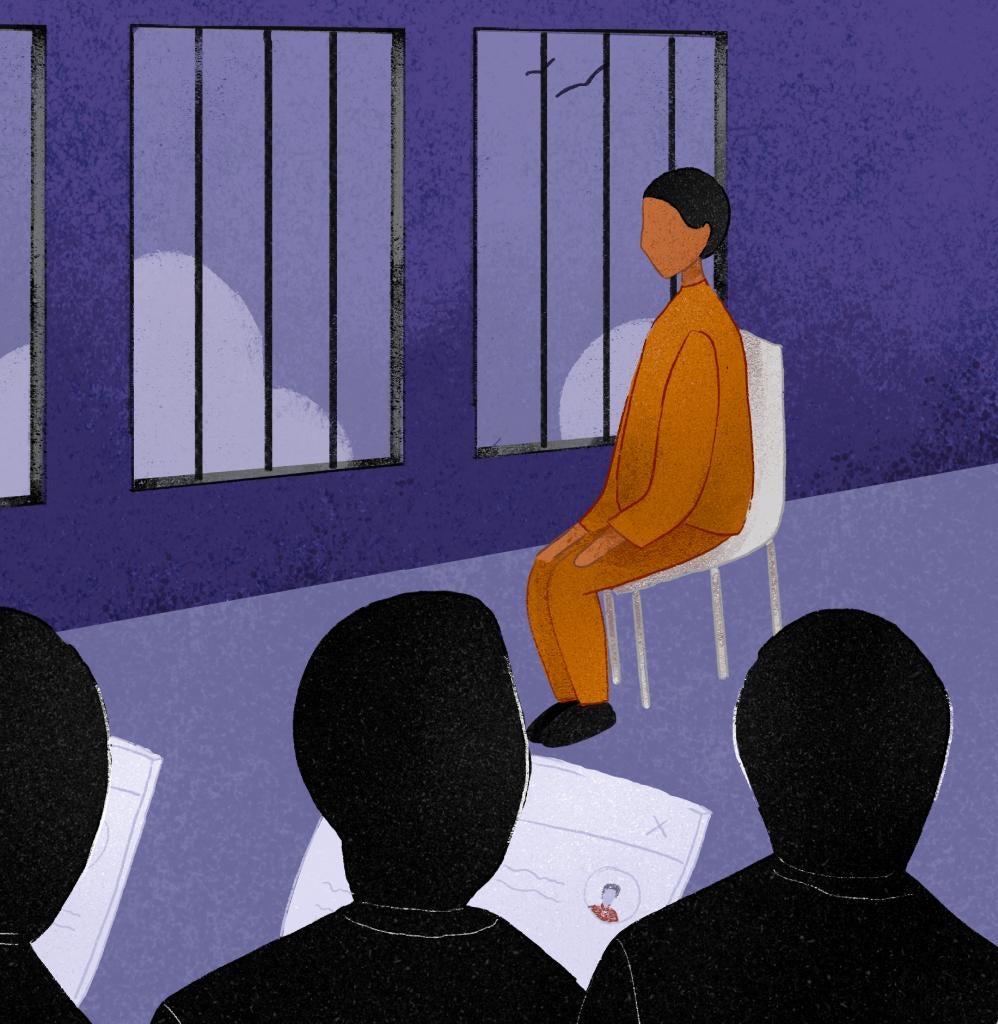Release assessment
After being incarcerated for two years, you are told there is a chance you may be released early for good behavior. You have a meeting with your case manager, who asks you a few questions and looks over your history. The next day, you are informed that you have been assessed as still presenting a risk to the community, so you will not be released. You are told there’s an opportunity to reassess in a year.

Risk assessment technologies: discretionary parole
When deciding whether to release an incarcerated person early on parole, parole boards may use RAT scores in determining whether a person is likely to reoffend once they are released.

